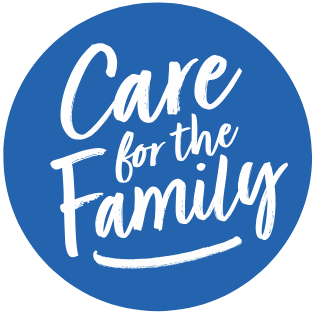How can we ensure that our toddler group is friendly and welcoming for both regulars and newcomers?
The best welcome is always one that is real, prayerful and rooted in love. However, there are some practical things we can do that will help us give people the warm welcome we want them to have.
Newcomers
First impressions really do count because if people don’t feel welcomed during their first session, or worse still, feel excluded by cliques, then they are unlikely to come back. It’s worth thinking carefully about how you can make that first experience as friendly and helpful as possible.
The easiest time to identify newcomers is when they come to register, and many groups make it the responsibility of the person taking the register to check if someone has been before. When they identify a newcomer then they can take their contact details and provide them with a ‘Welcome Pack’. (If your toddler group doesn’t have a Welcome Pack, do think about putting one together). This will not only tell the newcomer everything they need to know about your group, but has the added bonus of giving them something to look at if they should find themselves alone for a while. Include some information about the group, what you do during the session, and any rules that you have.
Ask the person taking the register to introduce new people to someone with the time to show them around. They can make sure they know where the toilets are, tell them what to expect – for example, any special arrangements for song or craft time, and introduce them to someone else in the group. This could be another leader or one of the friendlier parents, and ideally will be someone that they have something in common with so that they can sit and chat for a while. When you create a culture of being a friendly group this will hopefully be something that the regulars value and welcoming newcomers will become a natural part of the way that the group functions.
The ‘regulars’
If one of your team is particularly gifted at remembering names and faces try to relieve them of other duties and nominate them to be your ‘welcomer’. Ask them to identify any newcomers, greet people by name and spot any mums who are looking lonely or in need of a little TLC. If the welcomer stands just outside the door and the person taking the register is just inside, then people will have been greeted by at least two people before they even sit down!
With larger groups it’s impossible for each leader to build deep friendships with every family. Arrange with your team to befriend and pray for just a few of the families each – make sure that everyone is ‘adopted’ by someone … Try to share their joys and sorrows, make time to listen, remember birthdays (adults as well as children), and celebrate special occasions, such as the birth of a baby, together.
The children
A key component of providing a warm welcome is to focus on the children – although it seems obvious, amidst the busyness it can be easy to greet the adults and overlook the children. Parents and carers love it when someone takes the time to greet their children and help them with activities – getting into the dressing-up clothes, for example.
Perhaps another obvious point is to make sure that you are equipped for the babies and toddlers who are coming to the group. This includes, for example, somewhere to park the pushchairs, a breastfeeding area, a bottle-warmer, changing facilities, a potty and a small step by the sink (or, if possible, even a children’s height toilet and washbasin).
Toilets
Parents and carers with nappies to change and children to potty train can spend a lot of time in the toilets. It goes without saying that they need to be clean, but consider going a step further and trying to combat the smell of dirty nappies with a nappy disposal unit and an industrial air-freshener? Adding a few special touches will make the toilets really welcoming – nice soap, handcream and some tissues, for example. And keep a few nappies and wipes to hand, as well as some spare pants and trousers so that no child needs to go home simply because of an ‘accident’.
Refreshments
Most parents and carers are grateful for a cup of coffee and a biscuit, but some groups make them feel really welcome by offering a filter coffee and a slice of homemade cake. Other groups have listened to parental concerns about squash and now offer diluted fruit juice, milk or water as alternatives for the children. And lots of groups are showing that they care for the children by offering healthy snacks instead of biscuits. Have a think about what is the right approach for your group.
Be friendly
People will feel much more at ease if they know your name – if you are embarrassed to approach someone without knowing their name, then they probably are too! Even if you hate wearing a name badge, remind yourself that it does make you far more approachable. Some toddler groups have even had T-shirts printed with the leaders’ names on so that they can be picked out easily. (This also helps with safeguarding issues).
Finally, remember that a warm smile is understood by all nationalities! Who wouldn’t want to be known as the ‘smiley one’ from toddler group?
Share on social media
Help us support families today
At Care for the Family we support couples, parents and those who have been bereaved. If you would be able to make a one off donation to support our work, we would be very grateful. Thank you.
